One argument used by those with less confidence in wood-frame houses is the propagation of noise between levels and through walls. Some even tell of staying for a while in old wooden cabins or houses and hearing everything that was going on in other rooms. At first glance, this seems logical when you consider that wood has been the material of choice for the sound boxes of musical instruments for centuries. Wood produces sound by direct impact and amplifies or absorbs sound waves. We still forget that in all fields, including construction, technologies have evolved. There are construction methods and materials to stop the propagation of sound, but also regulations requiring their use in the construction of timber-framed houses.
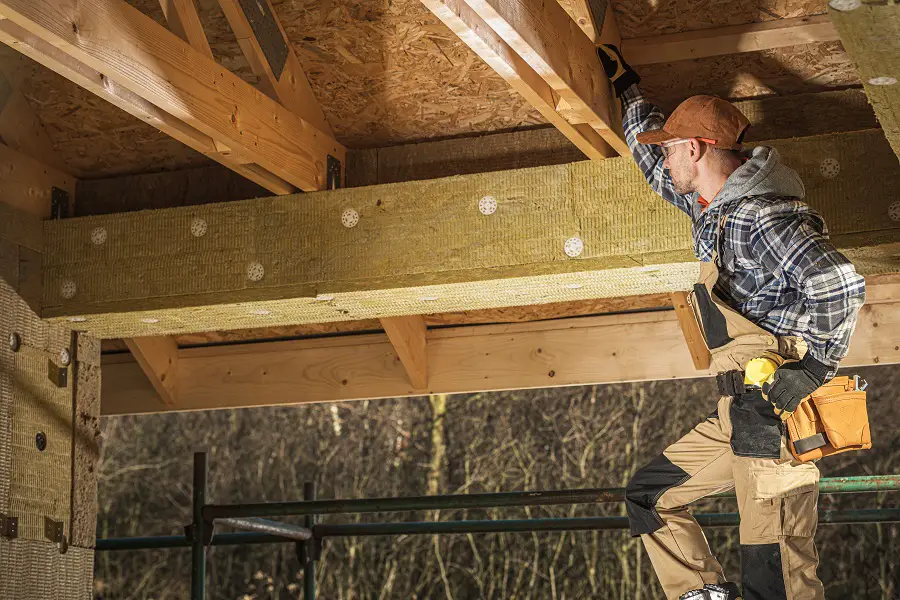
Comfort, closely linked to noise levels in the home
Comfort in a home is also about the noise level inside. It directly affects the quality of life of the inhabitants. All the sounds around us - voices, banging, creaking, creaking pipes, shuffling chairs, music, honking horns, traffic - together make up noise. Sound is a vibration that is transmitted through the air (voices, noise from appliances, traffic) or another medium through which it travels (banging on walls or floors, falling or dragging objects). It has several units of measurement, but the one that relates to intensity is the decibel (dB). Vibration generates an amount of energy that reaches our ears and when it is above a certain level, it disturbs us.
The lowest sound level is 0 dB. This is the lowest vibration perceived by the human ear. The normal level of the human voice is 60 dB and the average level of noise in a home is 50 dB. Any noise in the home below this level (whispering, low noise appliances) keeps the sound at the same level and the ear will not perceive it. If another sound occurs, also at 50 dB (doubling the noise source), the total level will add 3 dB and the ear will perceive the difference (53 dB), which can become a discomfort factor. If another 10 dB is added to the total level, the ear will feel a doubling of the noise, which will be really unpleasant.
How sound propagates
Sound propagates as a wave and has a certain frequency, measured in hertz (Hz). There are low-frequency sounds (musical instruments with low sounds), medium-frequency sounds (the voice, the crackling of pipes, the banging of a hammer) and high-frequency sounds (the sound of an electric guitar, for example). The important ones from a construction point of view are the mid-frequency sounds.
Sound propagates from room to room not only through open spaces but also through partitions or side walls, ceilings, floorboards, wall voids or ventilation or pipe voids. When sound hits the wall, the wall picks up the energy and transmits it further into the other room. This is direct propagation. Sound can also hit the ceiling or floor, which in turn pick up the energy and carry it to other rooms. This is indirect propagation and is weaker in intensity than direct. Sounds can also propagate by dispersion, i.e. they move through poorly made joints, cracks or uninsulated ancillary spaces.
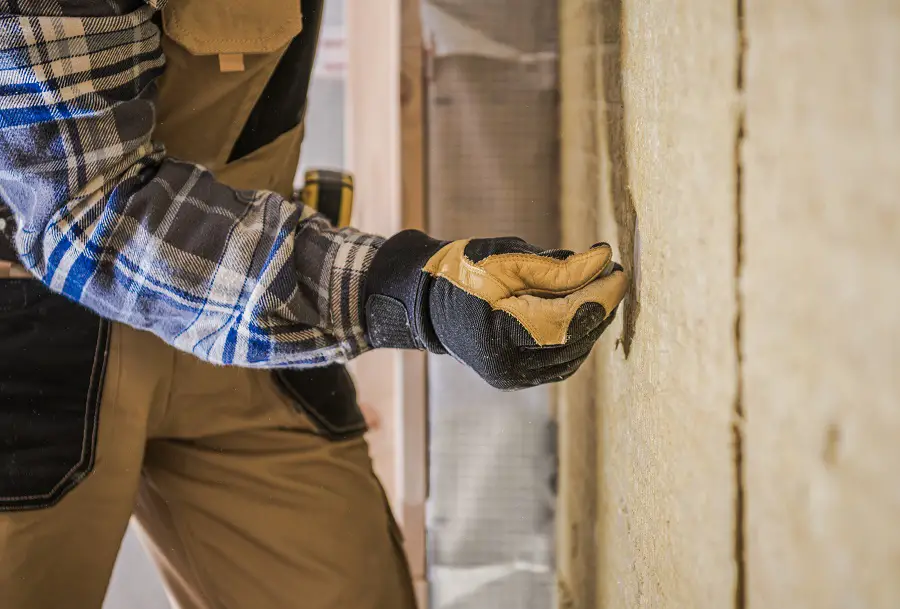
Why noise travels more easily in wooden houses.
Firstly, because wood is a lighter material. The more mass a material has, the harder sound travels through it. Wood is a lightweight building material which gives it many advantages (simpler and cheaper foundations, earthquake resistance, etc.), but sound insulation is not one of them. Therefore, one way of soundproofing is to increase the mass, but without affecting the strength structure. This is where insulating materials come in, which, when inserted into walls, increase the mass while changing the frequency of sound.
Another reason why noise propagates easily are the so-called sound bridges. Basically, they are the reason why sound propagates between levels. As with thermals, these bridges must be broken. Sound bridges are formed at the contact between side walls and ceilings, between the ceiling of the lower level and the floor of the upper level, etc. The interruption, the sound break between building elements is made on the the principle of decoupling. Materials are placed between the elements to absorb and change the frequency of sound. The materials must be chosen according to the weight that weighs on them (number of levels, house load) because there is a danger of settling with repercussions on acoustic performance. The materials used are in the form of strips or mats (membranes) made of EPDM (synthetic rubber), polyurethane or cork.
NP 005-2022 Noise Protection Standard
Standard for the design and verification of timber constructions NP 005-2022 requires that wooden building components shall be constructed in accordance with the noise protection requirements laid down in Standard C125 - Noise regulations for buildings and urban areas and SR EN 16798 - Energy performance of buildings. Ventilation of buildings. Environmental parameters for the design and assessment of the energy performance of buildings, relating to indoor air quality, thermal comfort, lighting and acoustics.
The standard stresses that ensuring adequate noise protection is an important factor in ensuring indoor comfort in buildings. Therefore sound insulation must be a top priority at all stages of the interdisciplinary design process. Both airborne noise (voices, walking, music, outside noise) and noise made by the building (sewage outflow, hot water in pipes, etc.) must be taken into account.
In order to achieve good sound insulation, the standard recommends the use of the following solutions:
- the insertion of vibration-absorbing insulation layers between timber construction elements and interior or exterior finishes;
- the use of elastic elements to isolate impact noise transmitted through walls or floors at the junction between construction elements;
- the use of noise-attenuating materials for the passage of installation components or systems through construction elements made of wood.
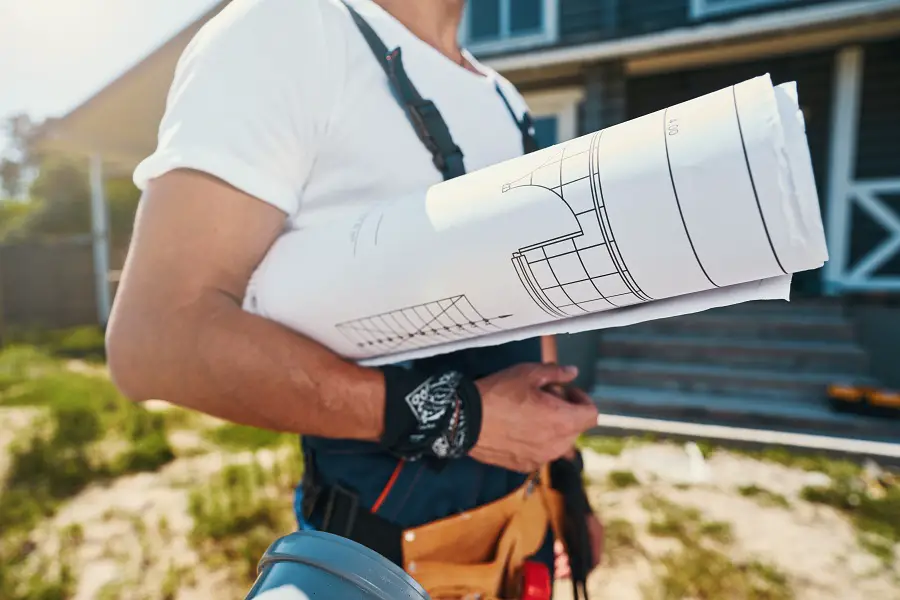
How timber frame houses are built now
Acoustic performance in timber buildings is improved by solutions that add a extra mealby noise barriers and fitting of materials that uncouples the construction elements.
Transmission of sound through interior walls. Table-resort-table is a system that adds mass and changes the frequency of the sound. A layer of acoustically insulating material is placed in the wall between two layers of wooden strength members. The principle is as follows: the sound wave first penetrates the first layer of wood, hits the insulation which weakens its intensity before entering the second layer of wood. The different structure of the insulation will absorb some of the energy and change the frequency. So the sound heard on the other side of the wall will be greatly attenuated.
Noise transmission between levels. One of the reasons for sound transmission in old wooden houses was the common floor to ceiling. Now multi-storey buildings are made with different modules attached to each other. The ground floor ceiling and the first floor floor are two separate structures. Both are built on the table-sleep-room system, benefiting from sound deadening. Sound-dampening membranes are used inside the floors. The floor is also acoustically decoupled from the wooden structure so that no sound is transmitted through the structure.
Transmission of external sound through walls. It follows the same principle of adding mass by using materials that change the frequency and pick up sound energy. They are used in both exterior walls and roofs. Also used on the roof are special membranes that attenuate rain noise on tin-roofed houses. House by the lake has such a system, the attic is very well soundproofed even during heavy rain, despite the roof sheeting.
Today's timber frame houses cannot be compared to those built over 20 years ago. The field is very dynamic, constantly developing and modernising, which makes the performance of houses built now far superior to old wooden houses, as well as those made of traditional building materials. The frame houses built now do not creak, are quiet and warm.




















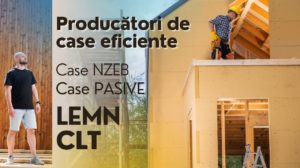

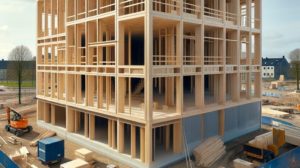

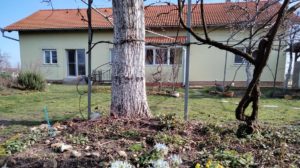

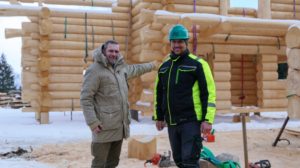

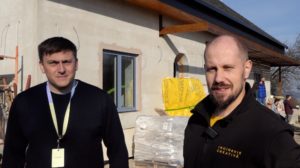

Add comment